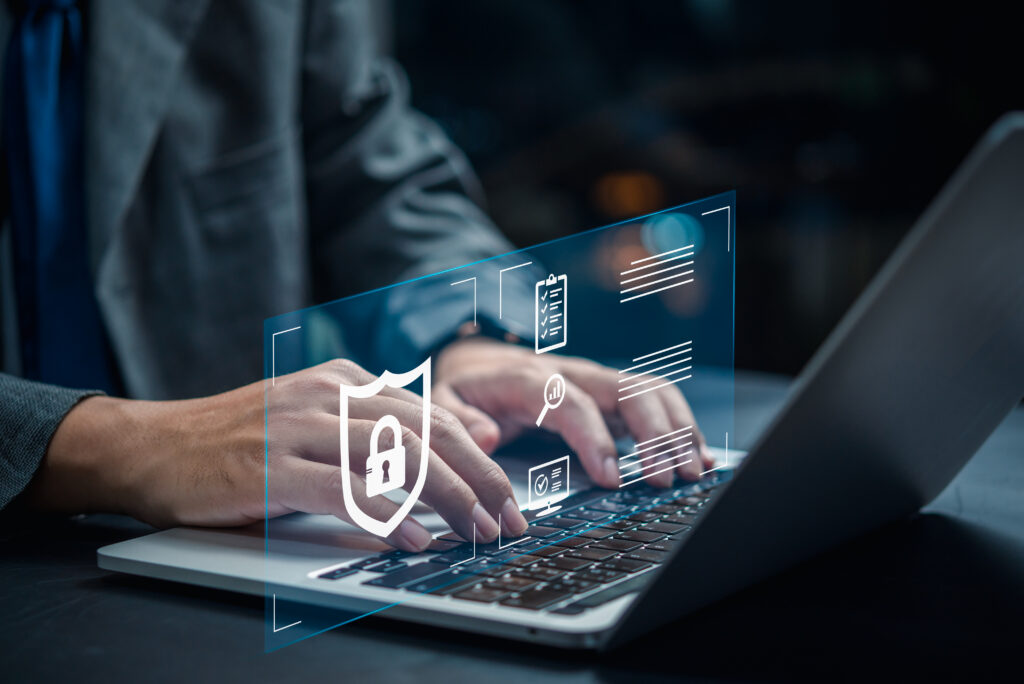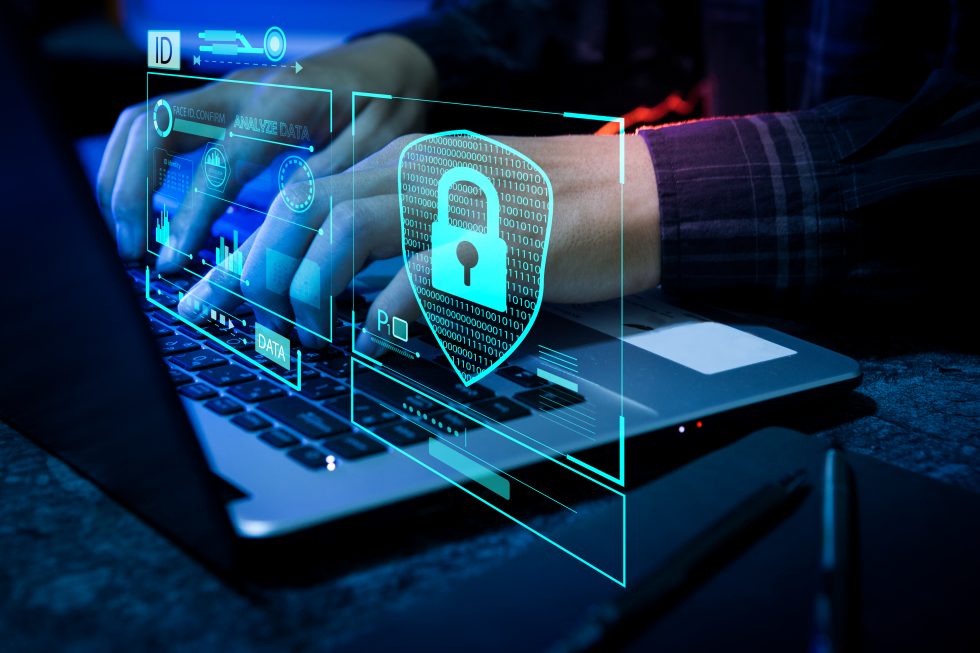What Each CMMC Level Means for Your Cybersecurity Posture
For organizations in today’s digital world, cybersecurity isn’t just an option; it’s a necessity. The Cybersecurity Maturity Model Certification (CMMC) offers a clear pathway to elevate your security measures based on the level of protection your data and systems require. This model isn’t just about compliance—it’s about creating a secure environment to guard sensitive information. Each level of the CMMC introduces more advanced measures, helping businesses establish a stronger cybersecurity posture. Let’s dive into what each level means for your organization.

Level 1 Basic Cyber Hygiene for Essential Safeguarding
Level 1 focuses on the fundamentals of cybersecurity. It requires organizations to implement basic safeguards to protect against the most common threats. This level is primarily about establishing a foundation of security measures, ensuring that sensitive information isn’t left exposed. Think of it as a necessary first step in strengthening your organization’s digital defenses.
At this stage, businesses are expected to adopt straightforward, everyday practices. Here’s what Level 1 covers:
- Regular updates for software and operating systems
- Strong password policies
- Restricting access to only essential personnel
- Basic training for employees to recognize phishing attempts
Level 1 doesn’t demand extensive documentation or advanced processes. It’s all about essential, consistent practices that act as the bedrock of cybersecurity.
Level 2 Transitioning to Advanced Practices with Documentation Requirements
Level 2 represents a shift from basic practices to more structured and documented cybersecurity strategies. Here, the CMMC assessment guide introduces more specific requirements to help businesses transition to stronger security measures. It’s about bridging the gap between essential practices and more advanced protocols.
Organizations at this level need to document their cybersecurity practices clearly. This documentation ensures consistency, making it easier for teams to follow established procedures. Key practices include:
- Regular security assessments to identify vulnerabilities
- Enhanced access controls to limit system exposure
- Implementation of more advanced encryption methods for sensitive data
Level 2 provides a well-documented structure that guides organizations in taking proactive steps towards improved security while still managing compliance.
Level 3 Managing and Sustaining Security Protocols Across Systems
When businesses reach Level 3, they’re entering a stage of comprehensive security management. This level focuses on the consistent execution of security protocols across all systems. It emphasizes not only maintaining security measures but also adapting them to changing threats.
Level 3 builds on the processes established in Level 2, adding more detailed practices like:
- Regular monitoring and analysis of system performance
- Developing incident response plans to manage potential breaches
- Ensuring that security protocols are consistently applied across all departments
By achieving Level 3, organizations demonstrate their commitment to managing cybersecurity as an ongoing priority. It’s not just about compliance; it’s about making security a regular part of operations.
Level 4 Proactive Threat Hunting and Enhanced Security Controls
Level 4 takes cybersecurity a step further with proactive threat detection and response. Organizations at this level focus on actively hunting for potential threats, identifying patterns, and taking swift action. This proactive stance helps companies prepare for and respond to advanced cyber threats.
This level encourages organizations to:
- Implement advanced security controls to detect unusual behaviors
- Conduct threat analysis to understand potential risks
- Develop a rapid response strategy to minimize the impact of breaches
Level 4 emphasizes a forward-thinking approach, where businesses don’t just react to threats—they anticipate and actively counter them.
Level 5 Optimizing Cybersecurity Through Continuous Process Improvement
Level 5 is the pinnacle of the CMMC framework, focusing on optimizing processes to achieve the highest standards of cybersecurity. At this level, organizations continuously refine their practices to improve their overall security posture. It’s all about integrating feedback and insights to enhance security measures constantly.
Key practices for Level 5 include:
- Continuous monitoring of systems for real-time threat detection
- Advanced automation to manage repetitive security tasks
- Implementing metrics to measure and improve security effectiveness
By reaching this level, organizations demonstrate a mature, optimized approach to cybersecurity, ensuring that their systems are protected against evolving threats.
Balancing Compliance and Risk Management Across All CMMC Levels
One of the core themes of the CMMC assessment guide is finding the right balance between compliance and risk management. Each level of the CMMC requires organizations to comply with specific controls, but it’s also about managing risks effectively. By understanding and implementing these levels, businesses can create a customized security strategy that aligns with their unique risk profiles.





